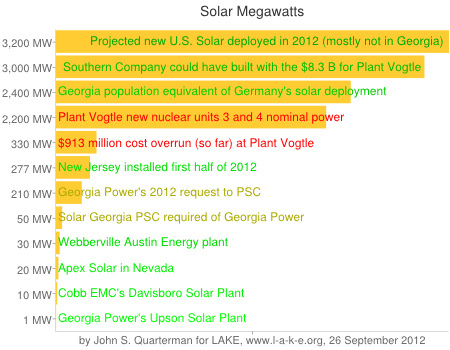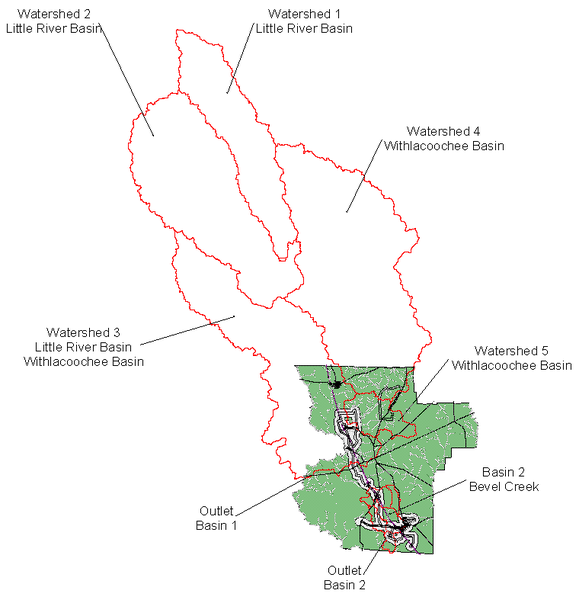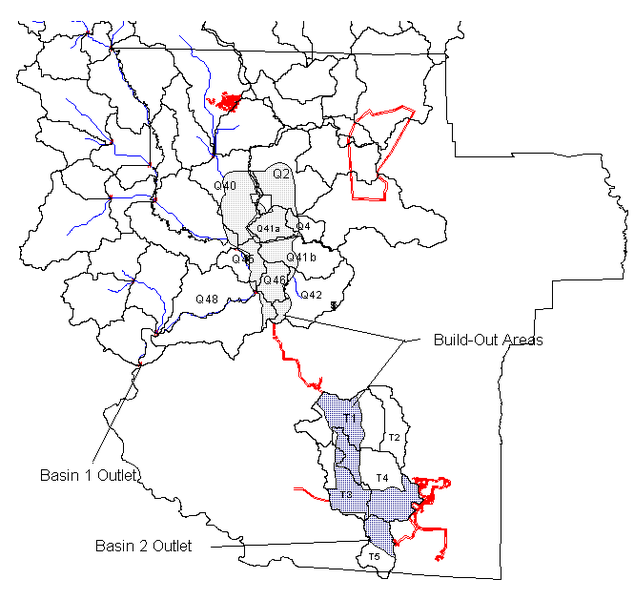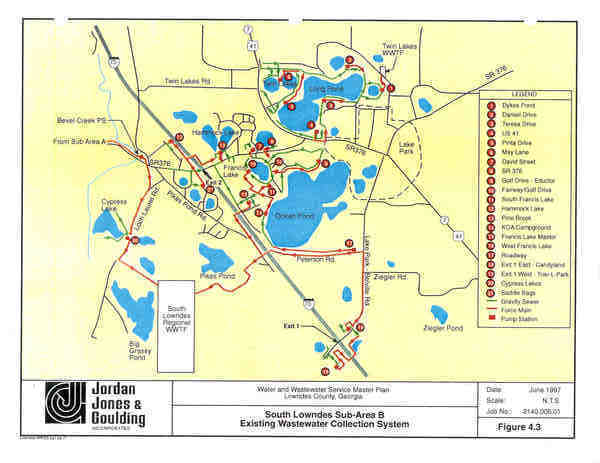If you’re quick, you may be able to sell solar from your roof to Georgia Power. If the PSC approves a pending request. If you get in before that new quota gets filled. And if you’re a Georgia Power customer. The rest of us? Not until the 1973 Georgia Electric Territorial Act is changed. Until then, Georgia will continue to lag way behind New Jersey in solar power.
Walter C. Jones wrote for the Augusta Chronicle today, Georgia Power plans to triple solar power use,
Georgia Power filed Wednesday seeking permission from state regulators to more than triple the amount of solar power it uses to generate electricity for its 2.4 million customers by swapping it for what was already planned from other renewable sources.
What “other renewable sources”?
The Georgia Power plan won’t affect rates because it is based on paying the solar providers what it would have paid the biomass provider, 13 cents per kilowatt hour, which is already figured into customer’s rates.
OK, that’s good, because it means biomass is well and truly dead in Georgia. But it also means Georgia Power isn’t very serious about solar, if all it’s doing is fiddling with accounting for the small amount of power biomass might have produced and not going for the real numbers solar can produce. OK, how many solar megawatts?
Continue reading




















